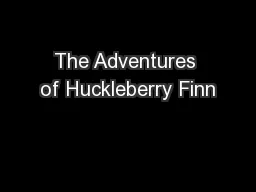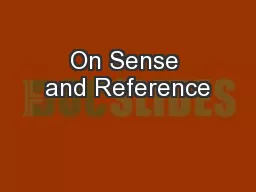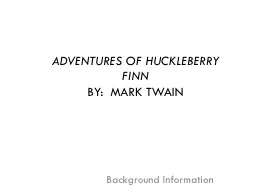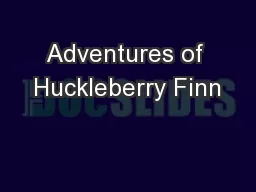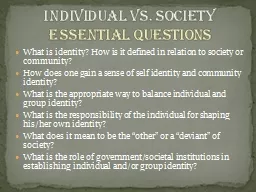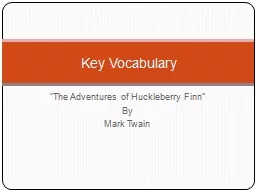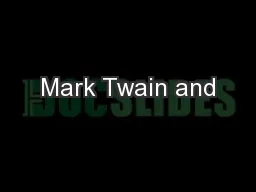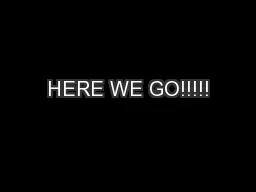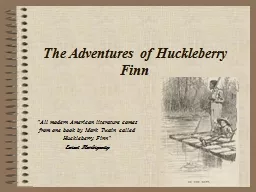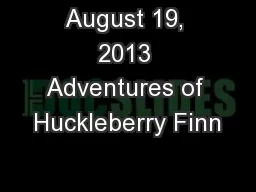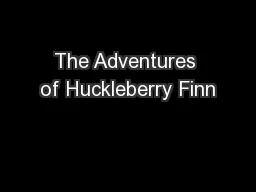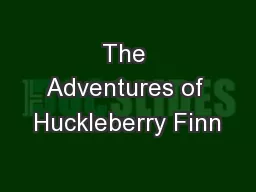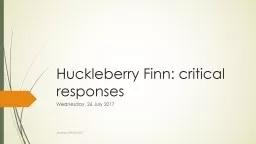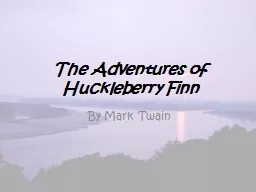PPT-The Adventures of Huckleberry Finn
Author : olivia-moreira | Published Date : 2017-03-16
Unit Intro English 9 Honors September 2016 Goals Analyze the impact of language on how we understand a text censor a text or discuss a text Understand Twains intent
Presentation Embed Code
Download Presentation
Download Presentation The PPT/PDF document "The Adventures of Huckleberry Finn" is the property of its rightful owner. Permission is granted to download and print the materials on this website for personal, non-commercial use only, and to display it on your personal computer provided you do not modify the materials and that you retain all copyright notices contained in the materials. By downloading content from our website, you accept the terms of this agreement.
The Adventures of Huckleberry Finn: Transcript
Download Rules Of Document
"The Adventures of Huckleberry Finn"The content belongs to its owner. You may download and print it for personal use, without modification, and keep all copyright notices. By downloading, you agree to these terms.
Related Documents

